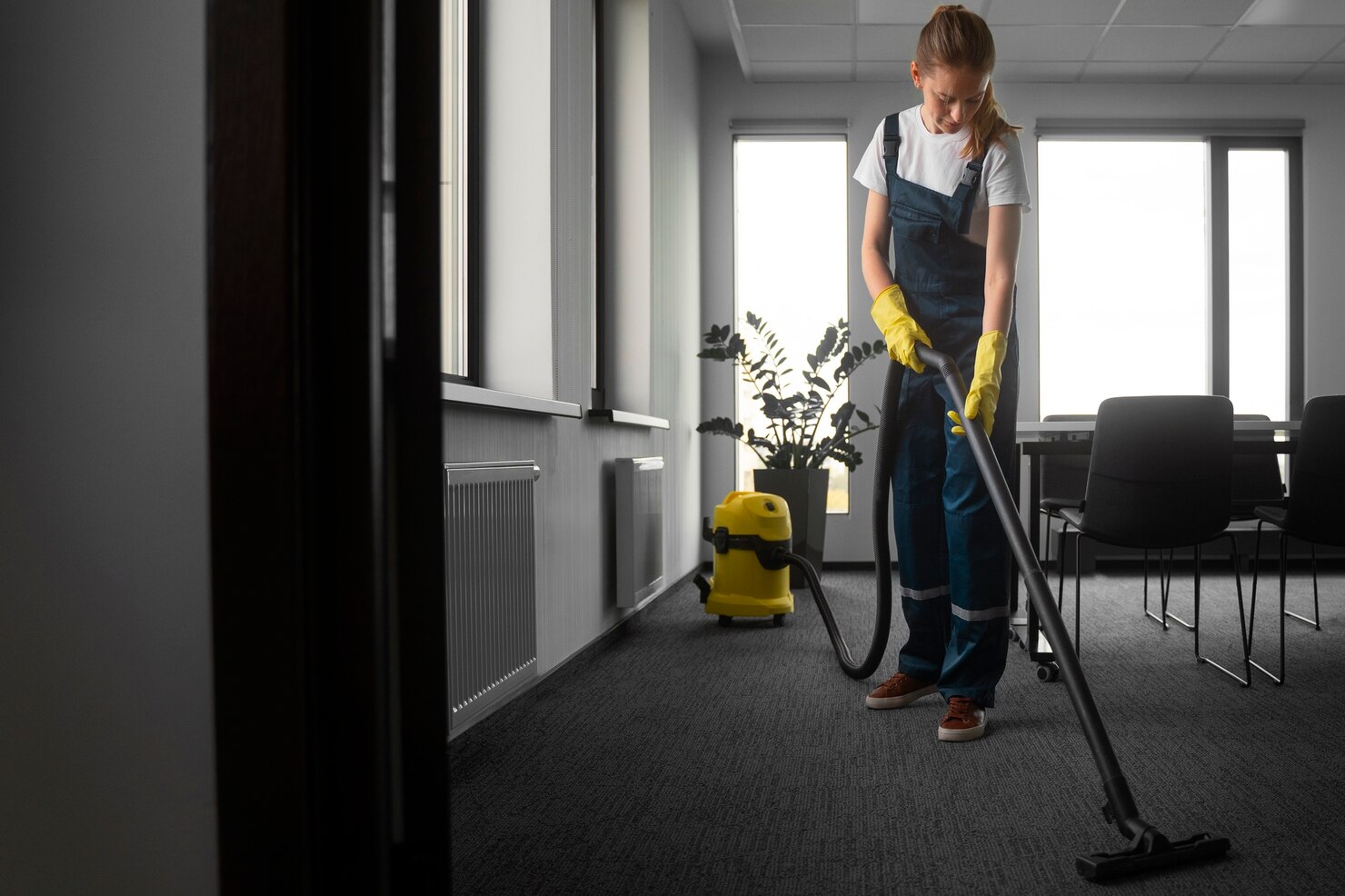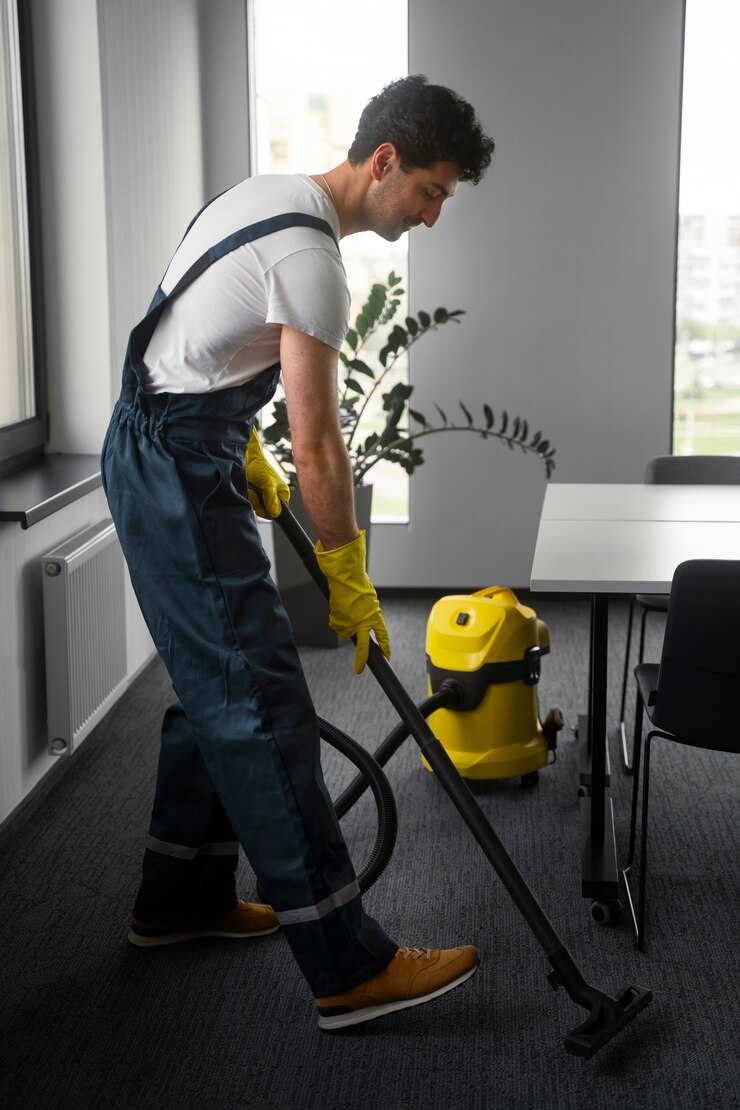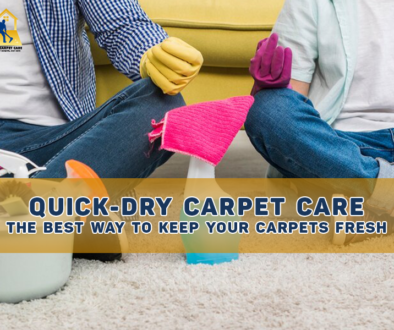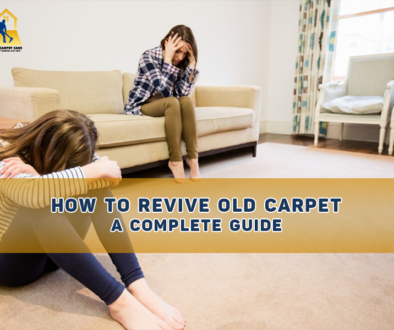Discover the best office carpet cleaning practices to maintain a healthy and professional workplace. Learn expert tips, cleaning methods, and the benefits of regular carpet maintenance.
Why Office Carpet Cleaning is Essential
Carpets in office spaces endure heavy foot traffic, accumulating dirt, allergens, and bacteria over time. Regular office carpet cleaning extends the carpet’s lifespan and contributes to a cleaner, more professional work environment. This guide will explore the best practices for office carpet maintenance, effective cleaning methods, and the benefits of keeping your workplace carpets fresh.

The Impact of Dirty Office Carpets
A neglected office carpet can lead to numerous issues, including:
- Poor indoor air quality: Dust and allergens trapped in carpets circulate in the air, affecting employees’ health.
- Unprofessional appearance: Stains and odors can create a negative impression on clients and visitors.
- Increased allergy symptoms: Dust mites, pollen, and mold spores contribute to allergic reactions and respiratory issues.
- Faster wear and tear: Dirt and debris degrade carpet fibers, leading to premature replacement.
To prevent these problems, it’s crucial to implement an effective office carpet cleaning routine.
Best Office Carpet Cleaning Methods
1. Daily Vacuuming for Dirt and Debris Removal
Vacuuming is the first line of defense against dirt accumulation. High-traffic office areas should be vacuumed daily, while lower-traffic zones can be vacuumed at least three times a week. HEPA filter vacuums are recommended as they trap small particles and improve air quality.
2. Spot Cleaning for Stains and Spills
Immediate action is necessary to prevent stains from setting. Follow these steps for effective stain removal:
- Blot (don’t rub) the spill with a clean, dry cloth.
- Use a mild carpet cleaner or a mixture of vinegar and water.
- Gently dab the stain until it disappears.
- Let the area dry completely to avoid mold growth.
3. Deep Carpet Cleaning Techniques

Steam Cleaning (Hot Water Extraction)
This method involves injecting hot water and cleaning agents deep into the carpet fibers, then extracting the dirt and moisture. Steam cleaning is ideal for removing deep-seated dirt, bacteria, and allergens.
Dry Carpet Cleaning
Dry cleaning methods use minimal moisture, making it suitable for offices that cannot afford long drying times. Powdered cleaning agents absorb dirt and are vacuumed away, leaving the carpet fresh and dry within minutes.
Bonnet Cleaning
A rotating bonnet pad soaked in a cleaning solution scrubs the surface of the carpet. This is a quick fix for surface-level cleaning but does not remove deeply embedded dirt.
How Often Should Office Carpets Be Cleaned?
The frequency of office carpet cleaning depends on foot traffic and usage:
- Daily: Vacuuming for high-traffic areas
- Weekly: Spot cleaning for stains and spills
- Monthly: Low-moisture or dry carpet cleaning
- Quarterly or Bi-Annually: Professional deep carpet cleaning (steam or bonnet cleaning)

Benefits of Regular Office Carpet Cleaning
1. Healthier Work Environment
Clean carpets reduce allergens, dust, and bacteria, leading to improved indoor air quality and healthier employees.
2. Enhanced Professional Image
A well-maintained carpet reflects a company’s commitment to cleanliness and professionalism, creating a positive impression on visitors and clients.
3. Extended Carpet Lifespan
Regular maintenance prevents dirt buildup and fiber damage, delaying the need for costly replacements.
4. Increased Employee Productivity
A clean and fresh office space contributes to employee well-being and productivity by reducing sickness and creating a pleasant work atmosphere.
Choosing the Right Office Carpet Cleaning Service
When selecting a professional carpet cleaning service, consider:
- Experience and Reputation: Look for companies with positive reviews and industry expertise.
- Cleaning Methods Used: Ensure they use eco-friendly, non-toxic solutions that align with office safety regulations.
- Pricing and Packages: Compare services and choose one that fits your budget and cleaning frequency needs.
- Certifications and Insurance: A reputable company should be certified by professional cleaning associations and have insurance coverage.
DIY vs. Professional Office Carpet Cleaning
While daily vacuuming and spot cleaning can be managed in-house, professional carpet cleaning offers deeper results. Professional cleaners use specialized equipment and techniques that:
- Remove stubborn stains effectively
- Eliminate deep-seated dirt and bacteria
- Ensure faster drying times with industrial-grade equipment
Conclusion
Maintaining clean office carpets is essential for a healthy, professional, and productive work environment. Implementing a combination of daily maintenance, periodic deep cleaning, and professional services ensures carpets remain fresh and durable. Investing in office carpet cleaning not only enhances workplace aesthetics but also promotes employee well-being and extends the lifespan of your carpets.
For businesses looking to create a cleaner and more inviting workspace, prioritizing office carpet maintenance is a must. Whether through regular vacuuming, stain removal, or hiring expert cleaners, a well-maintained carpet contributes to a thriving office environment.




